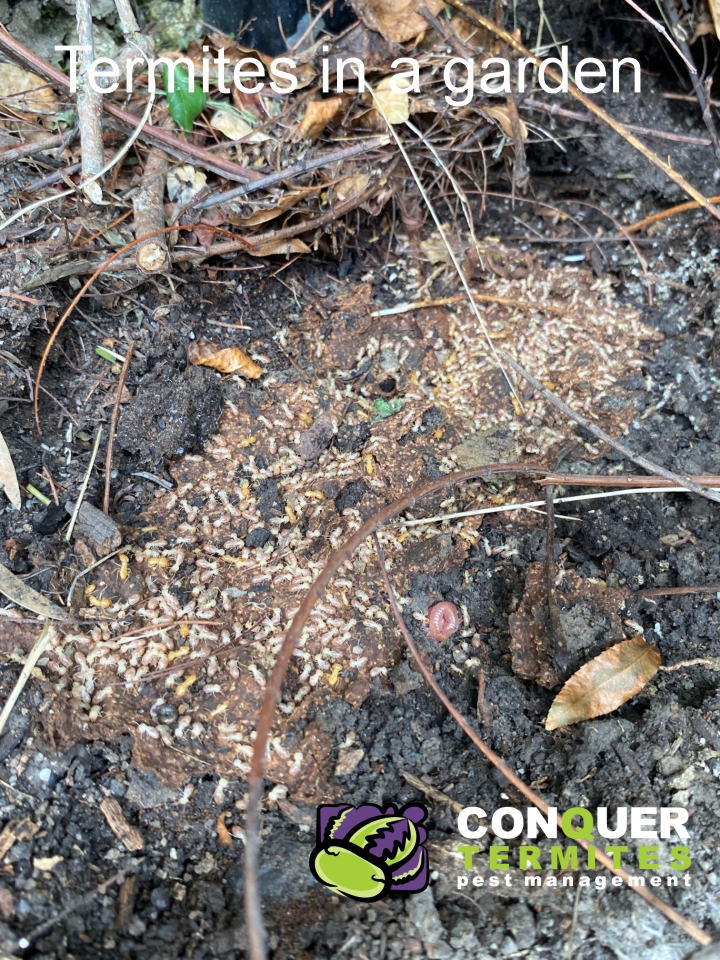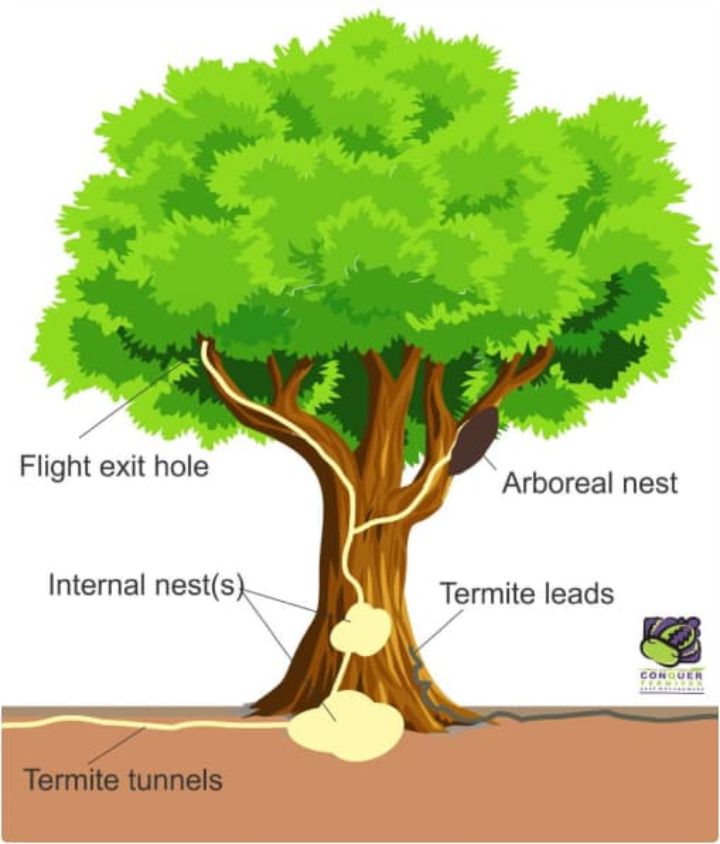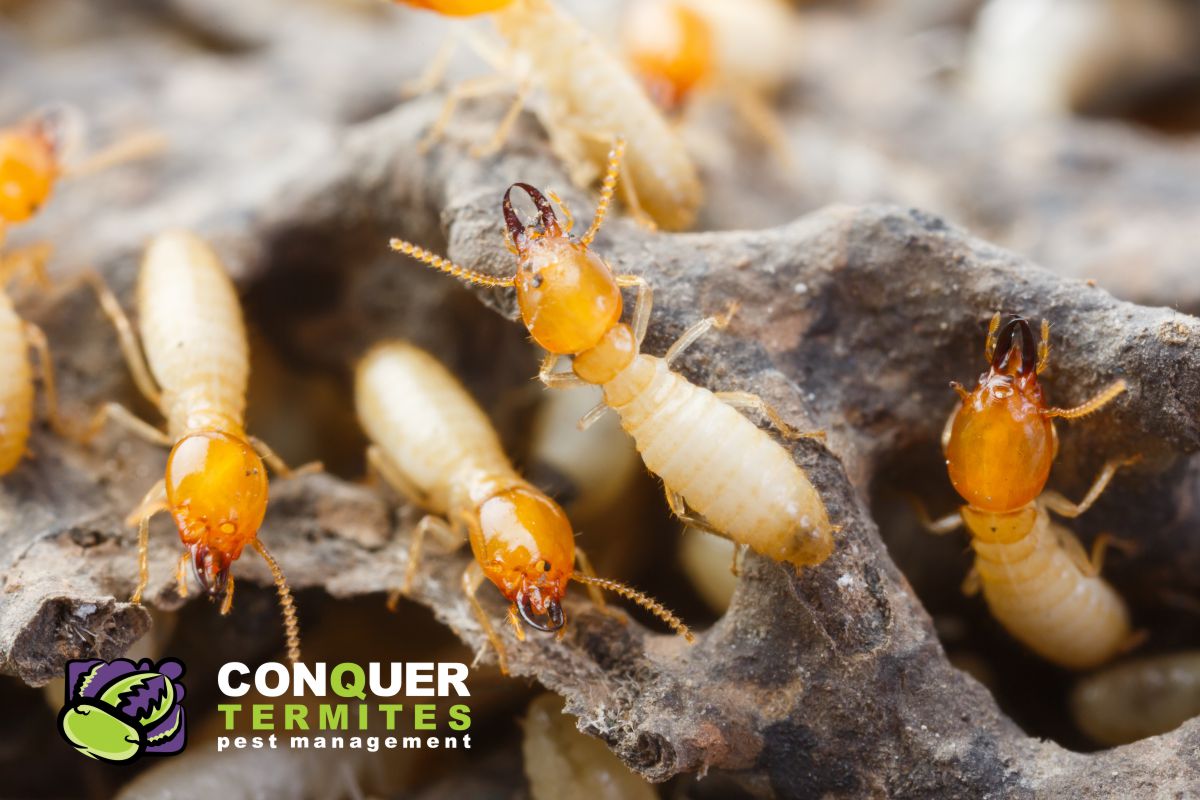If termites are eating timber in my garden, will it stop them from attacking my home?
Sadly, for Homeowners, there are plenty of untruths and conflicting information about termites, what we call “Suburban Myths”. Normally it’s an idea that supports not spending money and probably why so many people readily adopt them.
Suburban Myth No1:
“If I have lots of eatable timbers in the garden, they’ll eat that and not attack my home”.
This idea is based on no facts or research; it’s just a concept that appears logical to homeowners. It’s like saying, to keep sharks away from the rubber life raft, you should throw chucks of meat out to sea!

Debunk Myth No1:
- If you have timber in contact with the ground, be it old tree stumps, timber retaining walls, loose timbers or any cellulose material, you are providing a food source for multiple termite colonies to eat. If there is amble timber to feed on and access to moisture, a termite nest can quickly grow to a large and optimal size within 3 to 4 years.
- Once you have several large nests existing near your home, it will be just a matter of time before they find conceal entry points into your home.
- Your house is the jackpot for termites. If you understand that there is 1000 times more timber available in your house for termites to eat compared to what might be in your garden.
- A timber fence is just some timber termites will eat while they forage towards your home. It hasn’t stopped them, it’s just a cafe stop as they travel to your place.

What should you do?
- Remove all loose timber in contact with the ground. Grind out tree stumps.
- Get any large tree checked to see if they are harboring a termite nest
- If you find live termites somewhere in your garden, call a professional Termite company to apply a non-repellent transfer product to eradicate the activity.
- Remember, your house is the jackpot for termites, ensure you get regular annual inspections and have a current protection program in place.




